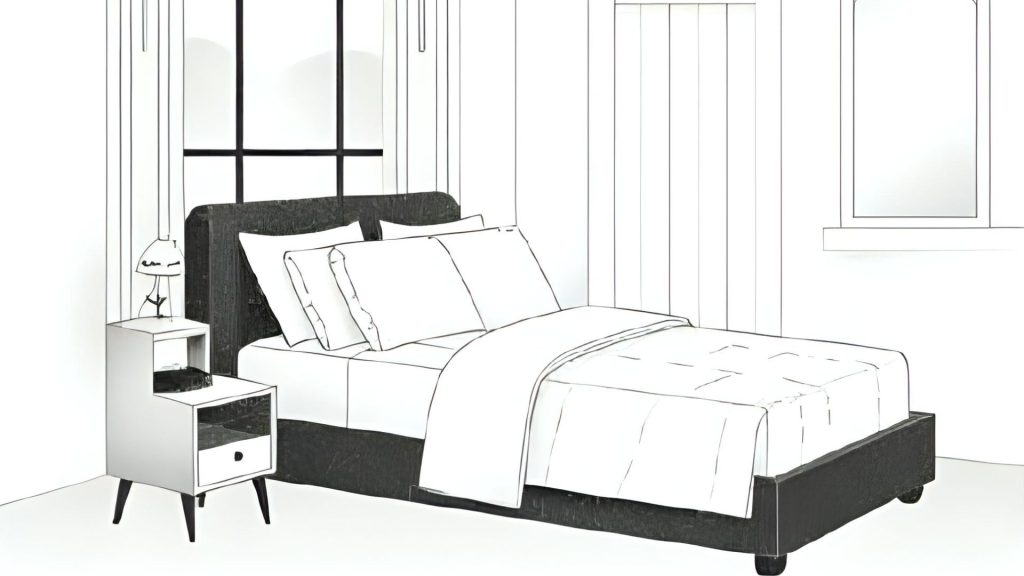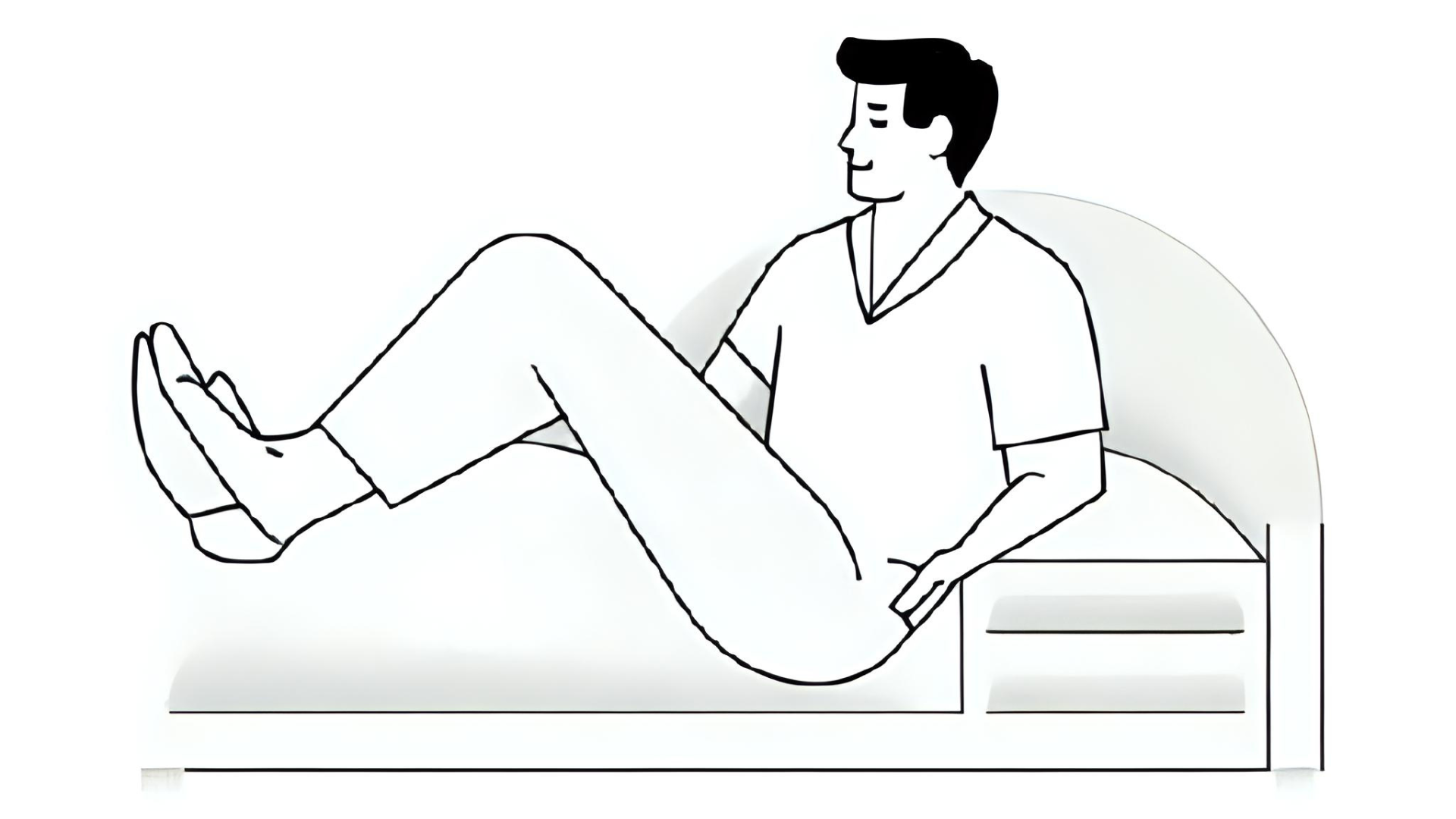Key Takeaways:
- Room layout changes reduced my nighttime noise.
- Sound-absorbing products made sleep easier.
- Calming rituals improved rest quality.
- Small, smart changes created a quiet bedroom.
There’s a moment in every noise sufferer’s story when you stop saying, “I’ll get used to it,” and start saying, “I deserve better than this.”
For me, that moment came at 3:17 a.m. on a Tuesday, lying in bed with my heart thudding like it had just run a sprint. No car alarms, no sudden crashes, just the same dull hum from next door that had been creeping into my sleep for months. I’d been ignoring it, telling myself it was fine. It wasn’t.
Over the past few weeks, I’ve been sharing my trial-and-error journey with you. How rugs, gap sealing, and sound rituals became my starter toolkit. Those fixes are still working quietly in the background (bless them), but this part of the story is different. It’s about what happened when I decided to move beyond “good enough” and understand how to design my nights for rest.
This time, it is about learning how sound interacts with my space, how my brain responds to it in the middle of the night, and how a few thoughtful changes could turn chaotic, restless evenings into something I’d nearly forgotten existed: deep, unshaken sleep.

You don’t notice how much noise runs your nights until your body starts keeping score.
For me, it began subtly, groggy mornings, heavier eyelids, a creeping irritability I blamed on caffeine withdrawal. But then I started tracking my sleep with an app, and the data didn’t lie: I was waking up six to eight times a night, often during the lighter phases of sleep. That meant my brain wasn’t getting nearly enough of the deep, restorative cycles it needs to repair, reset, and regulate mood.
Sleep researchers have long warned that even low-level noise, anything over 30 dB in a bedroom, can trigger micro-arousals, those tiny awakenings that fragment sleep without fully waking you. The World Health Organization sets that 30 dB threshold for a reason. This is roughly the volume of a whisper, and still enough to startle your nervous system if it’s unexpected.
In one study from the Journal of Sleep Research, participants exposed to nighttime noise, even at modest volumes, showed higher nighttime heart rates and increased cortisol levels than those in quiet rooms. Translation? Your body stays in “alert mode,” even if your mind drifts off.
That’s when I realised I couldn’t keep hoping my neighbours would suddenly take up meditation or that the city would build a magical noise bubble around my block. If I wanted to sleep like a human again, I had to design my nights differently.

Creating a Sleep Sanctuary
Once I accepted that noise wasn’t going away completely, my focus shifted. Instead of trying to build a silent fortress, I decided to shape my bedroom into a space that would work with my body’s natural sleep processes, even if the outside world was still humming away.
Here’s the part I wish I’d learned sooner: Good sleep is about lowering your nervous system’s “background volume.” That means combining physical tweaks that tell your brain, “We’re safe! It’s time to power down.”
A 2019 meta-analysis in Sleep Medicine Reviews found that people who maintained consistent pre-sleep routines had up to 36% fewer nighttime awakenings, even in noisy environments. Rituals help regulate melatonin release and heart rate variability, two key factors for deep, restorative sleep.
So, I started thinking about my space like a conductor arranging an orchestra. This means that every element had to play in harmony.
- Bed placement: I moved my bed so the headboard shared a wall with my walk-in closet instead of the hallway.
- Sound layering: I kept my pink noise machine, but I paired it with soft, rhythmic sounds like ocean waves on a low loop.
- Temperature and lighting: The cooler the room, the deeper the sleep. I dropped the thermostat by 2°C at night and switched to warm, dim lighting 30 minutes before bed.
And here’s the thing, when all of these worked together, it wasn’t just quieter… it felt quieter.

Thriving in the Quiet
There’s a difference between coping with noise and peace.
For the longest time, I thought my only options were to either live with it or dream about moving somewhere quieter. But now, my nights tell a different story. One where I get to wake up without that low-level tension in my shoulders, where my first thought in the morning isn’t “Ugh, I barely slept.”
The truth? Quiet is a presence. A presence of rest, of focus, of space to think clearly. And the more you create it intentionally, the more your body starts to remember what calm feels like.
That’s why I keep refining the little adjustments:
- Making sure my bed faces away from the main noise source
- Rotating between pink noise and guided sleep stories to keep my brain engaged just enough to drift off
- Checking in with myself weekly to notice what’s working and what isn’t
Some changes might feel too small to matter. But the science, and my own experience, say otherwise. A 2023 review in Sleep Medicine Reviews found that even a 3-5 dB reduction in nighttime noise can significantly improve slow-wave sleep, the deep stage your brain uses to repair and reset.
If noise is something you’ve been “putting up with,” I hope this is your reminder that you don’t have to. You can take back your nights. You can design your own quiet.
And when you finally get there, you’ll wonder how you ever lived without it.

Leave a Reply